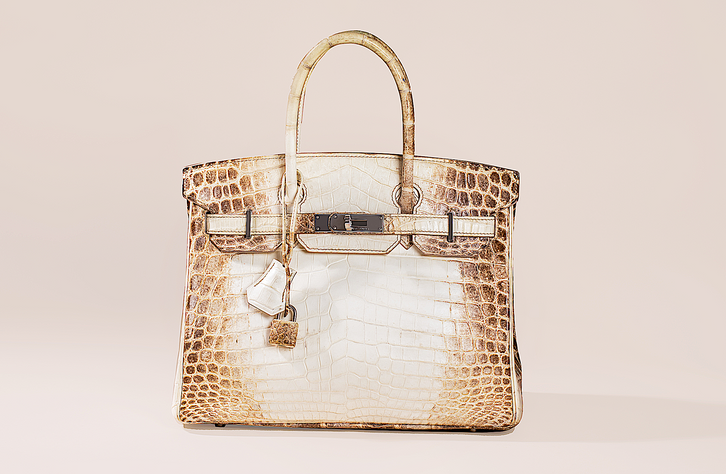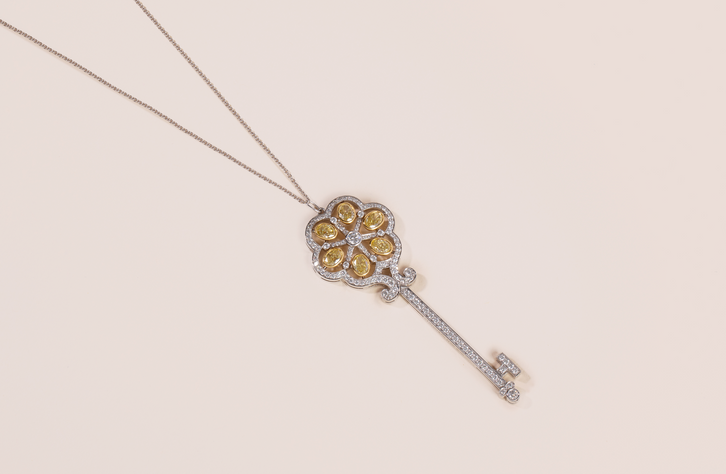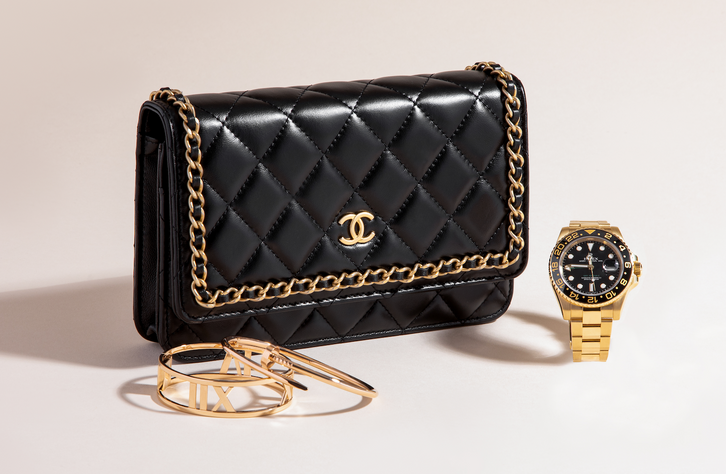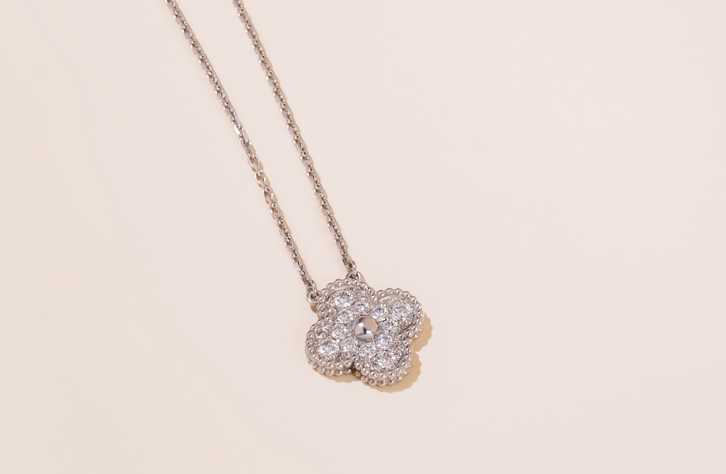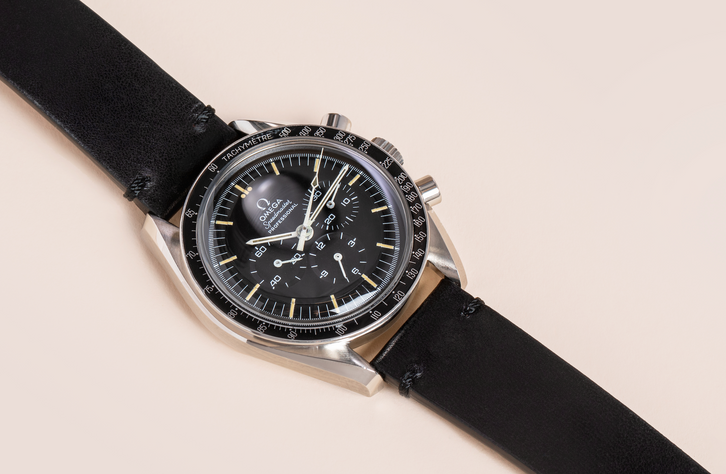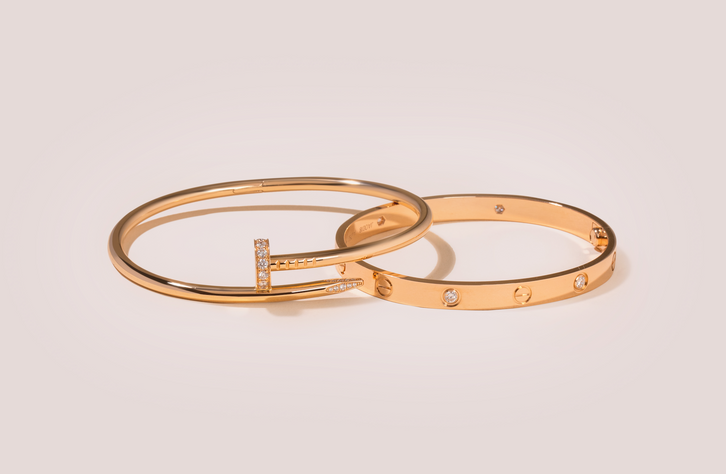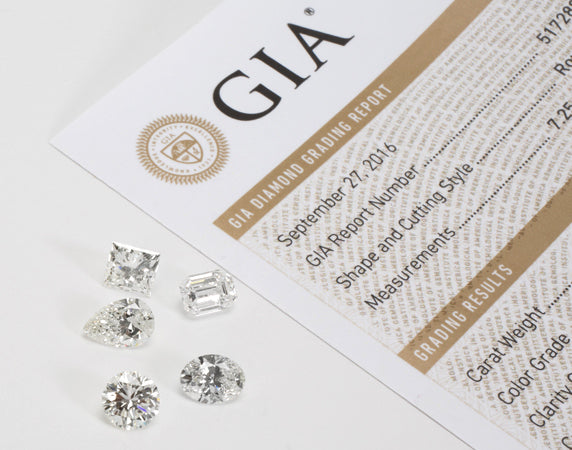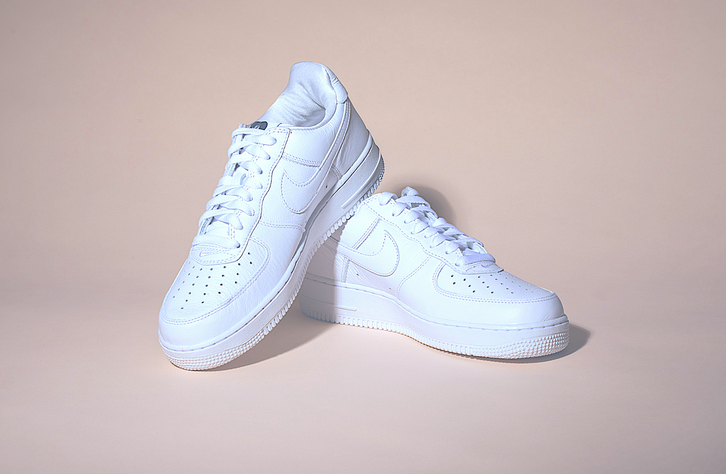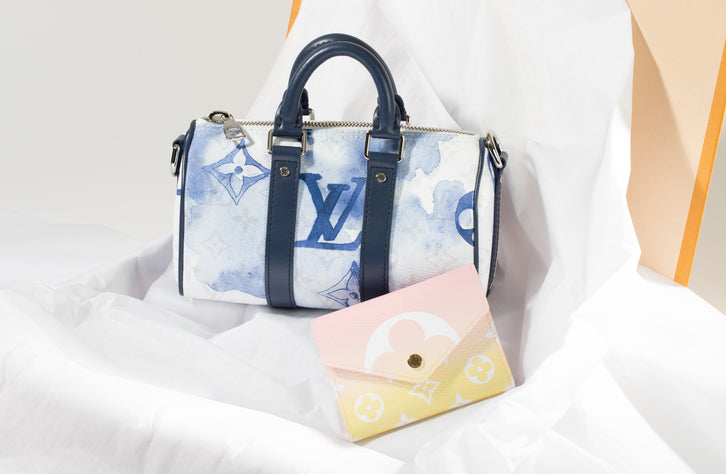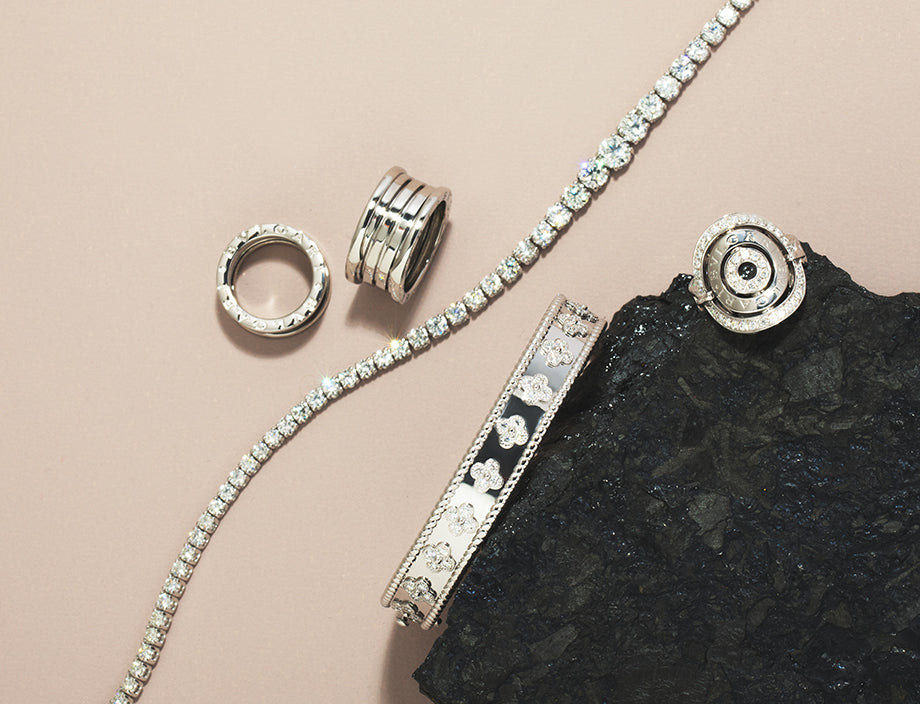The following guide will address common questions consumers have about valuable timepieces, such as what watch brands are considered luxury pieces? Is purchasing a high-end wristwatch an investment? What do I need to know about selling my watch?
What Are The Elite Watch Brands?
Historically, certain brands have earned and maintained their elite status among luxury watches. Among watch experts and aficionados, the 10 brands that are the most sought after today, include:
- Rolex
- Patek Philippe
- Cartier
- Omega
- Breitling
- IWC Schaffhausen
- Jaeger-LeCoultre
- Vacheron Constantin
- Audemars Piguet
- Tag Heuer
Is Buying A Luxury Timepiece An Investment?
Many novice collectors often wonder if buying a new luxury watch is a wise investment. Buying an expensive timepiece for the sole purpose of hoping to one day sell it for a higher price is not advised. myGemma watch expert and valuer Tom Pozsgay explains, “Some watches have been amazing investments, as seen with the vintage Rolex Daytona.” In the late 1970s, this Rolex model retailed for approximately $895, yet wasn’t selling quickly. Today at auction, says Pozsgay, “they can sell in excess of $35,000 dollars and some even exceed $100,000.” Great investments such as these, however, are not always the norm. “Some watches that were selling for over $20,000 in the 1980’s are being traded for less than $3,000 today,” says Pozsgay. This fluctuation in value is all determined by the consumer and what the market demands. Generally, any of the top ten brands will retain some of their value.
Buying a second hand watch, especially one that is in high demand, at a good price could prove to be a wise investment. “If the watch is still in demand when you want to sell it you would probably receive the same amount as if you had purchased the watch new,” says Pozsgay. In others words you would retain more than if you had purchased a new watch.
Investing In Jewelry Vs Watches
Luxury brand watches in the pre-owned market is one of the fastest growing segments, making watches a better investment when compared to jewelry. Jewelry—unless it is signed by a famed jewelry designer—usually gets recycled by melting the precious metal, removing any stones and then selling them back to a manufacturer to make new jewelry. On the other hand, pre-owned watches are refurbished and then sold right back to the market, helping them retain their value.
Vintage Vs Modern Watches
Buying a vintage or a modern watch comes down to personal preference. As with fashion, current trends dictate the popularity of wearing vintage watches versus new models. Experts have seen a growing interest in vintage watches in the past few years, especially in the mainstream market. According to Pozsgay, up until a few years ago, the vintage market was dominated by collectors. Vintage seems to be growing in popularity among the 20-30 year old demographic, while modern watches are popular with older demographics. As with vintage clothing, the appeal of wearing a watch from a different era carries with it intrigue; buyers often wonder who the previous owner was and what the story behind the watch is.
Selling Vintage Watches: What Impacts Resale Value?
There are many factors that come into play when deciding the value of a timepiece. As with any item you’re selling, the market demand and the condition of your watch is what primarily impacts the resale value. A watch that has been regularly serviced and cleaned will be in better condition than one that has never been touched. Mechanical luxury watches are made up of hundreds of miniscule parts meticulously put together by hand. Like a vehicle, a watch needs to be oiled and fine-tuned to keep it running properly and to prevent any problems.
When you present your watch to be sold, a buyer will carefully evaluate all the components that make up the watch—from the appearance to the technical functions. Does work need to be done to get it functioning properly? Are parts needed? Can parts be ordered? Does the watch have all its original parts? If replacement parts were used, are they factory originals? All of these factors affect the resale value.
If a watch has extra functions—known as complications—such as calendar functions and moon phase indicators, this will increase the value. Generally, the more complicated the watch, the higher the resale value. Pozsgay reports that chronographs from the 1960s and 1970s are very popular as are pilot watches from the 1940s.
Selling Watches To A Private Buyer
Selling to a private buyer can sometimes be a risky choice. Private buyers often judge the value on a different set of criteria such as the aesthetics of the watch. Whereas a professional watch buying company won’t be put off by a watch with scuffs and non-working parts—as they have experts on staff to make these fixes—a private buyer often will have to have the repairs done by an outside source. This added cost of refurbishing the watch will ultimately affect how much you are offered for your watch.
Selling Modern Watches
The current demand for pre-owned watches and the limited available supply means you can do well selling a modern watch in today’s market. As with any commodity, the more sought after your watch is, the more you can expect the value to go up.
What’s Trending In The World Of Luxury Watches?
According to watch experts, the large, bulky watch style that’s been trending for the past few years is seeing a shift towards smaller watches with simpler, sleek designs. Watches in the 40mm to 42mm size are becoming increasingly popular, replacing watches that were closer to 50mm in width in recent years.
It’s interesting to note that watch brands differ in popularity around the world. Rolex, for example, is incredibly popular in North America, the United Kingdom, and China, but not as much in Germany and South America. There’s a large demand for Patek Philippe in China and the US, while South America favors Vacheron Constantine and Cartier watches.
Even within the US, different regions have different preferences: Bulgari is popular in Texas; California favors Hublot and Audemars Piguet; and New Yorkers love Rolex.
Women’s Luxury Watches
Historically, the world of watchmaking has mainly focused on men. When compared to men’s watches, women’s watches tend to be considered more jewelry pieces than timepieces. “We are finally seeing a move in the right direction as far as women’s luxury watches are concerned,” says Pozsgay. This segment of the market has been dominated by Cartier for a very long time. But increasingly, watch brands are creating watches geared specifically to the female market. Jaeger-LeCoultre, for example, developed the Duetto (a dual time zone watch for women). Patek has been focusing for the past few years on developing watches specifically for women that have more complications, such as chronographs, calendars, moon phase indicators, and more.
When compared to men, women today tend to own more than one luxury watch. Similar to jewelry, women like to collect different styles of timepieces to wear with different attire—a dressy watch for formal affairs, a man’s oversized watch with lots of complications for casualwear, and everything in between.
Women are also more apt to selling or trading-in one of their luxury watches in favor of owning a new one that is more up to date.









